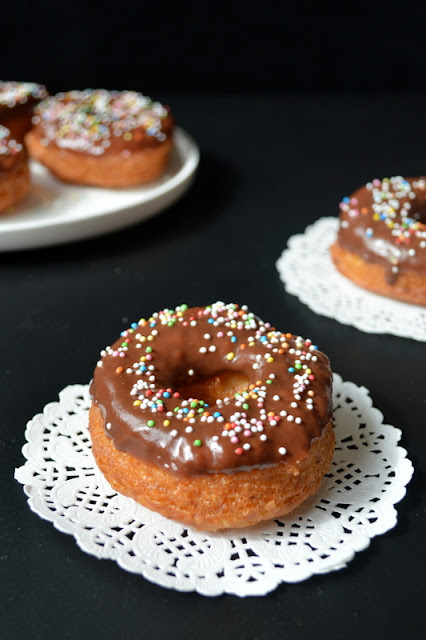A Gugelhupf or Gugelhopf is a southern German, Austrian, Swiss and Alsatian term for a marble cake or Bundt cake. It is a sweet cake served with coffee. It is usually baked in a special kind of pan that resembles a bundt pan but is much heavier.
This month the International Food Challenge took us to the Alsace Lorraine region. We were asked to choose from 3 recipes. I decided to try this Kugelhopf. This savory version is not as popular as the sweet one. The original savory version calls for using bacon but we substituted using some veggies.
What you’ll need
- All Purpose Flour/Maida – 1 ¾ cup
- Instant Yeast – 1 tsp
- Salt – ½ tsp
- Sugar – 1 tbsp
- Butter – 2.5 tbsp
- Curd – 2 tbsp (at room temperature)
- Milk – 6 tbsp
For the filling
- Cheddar Cheese – 50gm ( I used 2 Cheddar cheese slices, cut into small pieces)
- Onion – 1 small, finely chopped
- Tomato – 1 medium, remove the pulp and chop finely
- Capsicum – ½ of a big one or 1 small, finely chopped (I used yellow bell pepper)
- Red Chilli flakes – ½ tsp
- Italian Seasoning – ½ tsp
- Salt to taste
- Oil – 2 tsp
Method
- In a wide bowl, mix 1 cup flour, salt, sugar and yeast.
- Now add the butter and rub well with fingers until butter is incorporated into the flour and flour turns crumbly.
- Now add the curd and mix.
- Next add the milk and the remaining flour and mix. It will be sticky.
- Knead for 5 to 6 minutes to form a dough.
- Set aside in an oiled bowl covered with a cling flim or a damp cloth.
- Let this rise to double its size. It may take anywhere from 1hr to 2.5 hrs. Mine was done in 1 hour.
- While the dough is rising, prepare the filling.
- Heat a Kadai with oil, sauté the onions, until translucent. Next add the chopped tomatoes and capsicum and sauté with salt for 3 to 4 minutes. The capsicum should remain crunchy.
- Remove from heat add the red chilly flakes and Italian seasoning. Mix and keep aside.
- One the dough has risen, Punch down the dough to deflate it and knead for couple of minutes.
- On a clean work surface, roll out this dough into a square of ½ inch thickness.
- Place the cheese cubes and the vegetable filling and roll it to form a log.
- Now, start kneading, your dough and vegetable mixture will be very sticky don’t worry. Knead for few minutes until the vegetables, cheese and dough are all mixed together and incorporated well.
- Shape into a log. Carefully lift it and place in a greased pan. You can use any pan/loaf tin to bake this.
- Cover with a cling film and set aside for it rise for the second time. Let it rise for 30 minutes.
- At the end of the second rise, preheat the oven to 180 degrees.
- Bake for 30 to 35 minutes.
- Remove from oven, demould and cool on wire rack.
Slice after it is cooled completely.
Linking to International Food Challenge hosted this month by Shobhna.




























